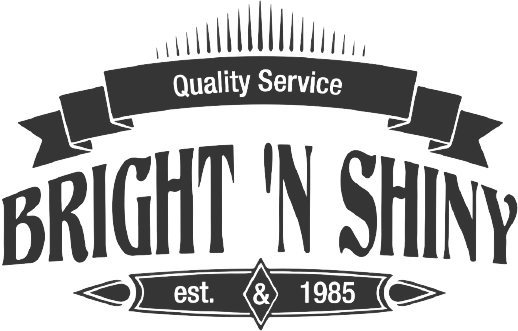Pressure washing can be a great way to remove layers of grime and dirt from your home. But it requires the right equipment and techniques.
When pressure washing, approach the surface you want to clean at an angle so the water can lift dirt off the surface and wash it away. Spraying directly onto the surface will only drive dirt deeper into the surface and make it more difficult to clean. Read on for some ideas.
Pressure
Pressure washing is a powerful tool that can clean a wide range of surfaces quickly and effectively. But using it the wrong way can cause more damage than good.
For example, it’s best to start with a low-pressure spray to avoid damaging delicate surfaces like gutters and soffits or causing paint to crack on siding. You can also spray at an angle, which lifts dirt off a surface and allows it to be washed away instead of driving it deeper into the material.
For light cleaning tasks, a 1,500 to 1,900-psi washer will do the trick. But you may need more if you have stubborn stains that won’t come off easily, such as oil stains on concrete or sap clogging your deck.
Detergent
A good detergent is a crucial ingredient for the best pressure washing. It should be made of ingredients that work well for the surface you want to clean.
You should also consider the type of machine you have and what it needs to do before buying a detergent. For instance, an electric washer will need a different kind of detergent than a gas one.
Detergents are typically made from a combination of man-made chemicals. They include surfactants, which increase the surface area of dirt and stains, enabling water and cleaning agents to penetrate deep into these surfaces.
Soaps on the other hand are usually natural oils from plants or animal fats. They are also usually scented.
Nozzle
The best pressure washing nozzle for you depends on your needs and the type of surface you are cleaning. There are several different nozzles and tips available to help you get the most out of your power washer.
The green 25-degree nozzle is the most common all-around nozzle around the home, and it can be used for many purposes. It creates a wide spray and is great for sweeping away dirt, mud, and other grime that isn’t deeply embedded in surfaces.
It also works well to remove stubborn stains and mud from driveways, patios, decks, and other hard surfaces. However, it’s important to keep a safe distance from painted surfaces so you don’t damage the paint.
Next up is the white 40-degree nozzle, which provides a wider spray pattern for delicate surfaces like windows, blinds, flowerpots, and cars that have custom paintwork. It’s also great for rinsing off detergent.
Hose
A good hose is a vital part of any pressure washer, and choosing the right one for your needs can make all the difference. It must withstand the pressure that your machine puts out, be compatible with your equipment, and last for years to come.
A hose can be made from different materials, including rubber and PVC. They also have different fittings, so it’s important to choose the one that best suits your needs.
If you need to clean greasy surfaces, you’ll want a hose that can withstand heat and chemical washing. However, if you only need a light cleaning job, you’ll probably be fine with an ordinary garden hose.
You should also choose a hose that will not break or bend too easily. It should be able to resist freezing temperatures and stay intact when left outdoors. It should also be lightweight and be easy to handle and store when not in use. Check this helpful information.
